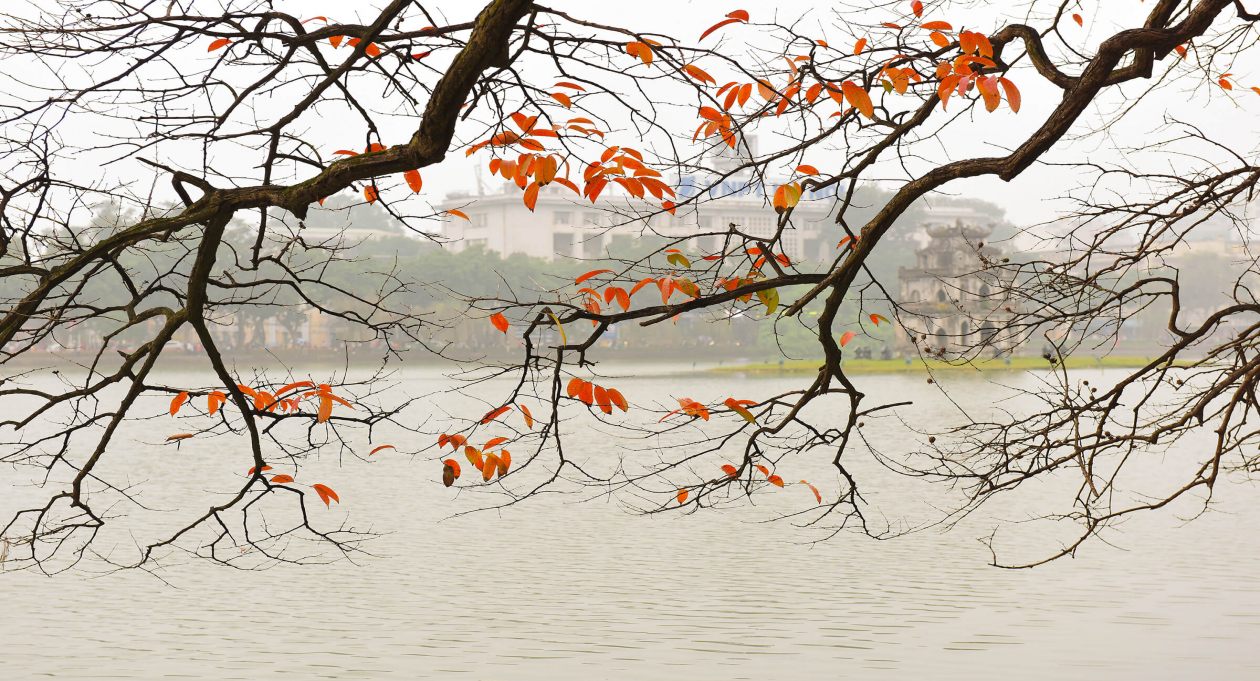Autumn in Hanoi is a season of poetry.
Between the sweaty swelter of summertime and the crisp cold weather of winter, Autumn slinks in like a dissonant chord resolving into harmony.
It is a season of romance and nostalgia that has been crooned about by centuries of singers and scrolls and scrolls of poets’ pens. The whole city takes on a shade of gold that painters’ brushstrokes can't quite hold on to.
From September to December, Hanoi is dry and cool, hovering between 18 and 25°C with low humidity. The season is a literal breath of fresh air after the summer monsoons: the sky clears into a brilliant, cloudless blue, giving space to the greenery that’s unfolded during a lush season of rain.
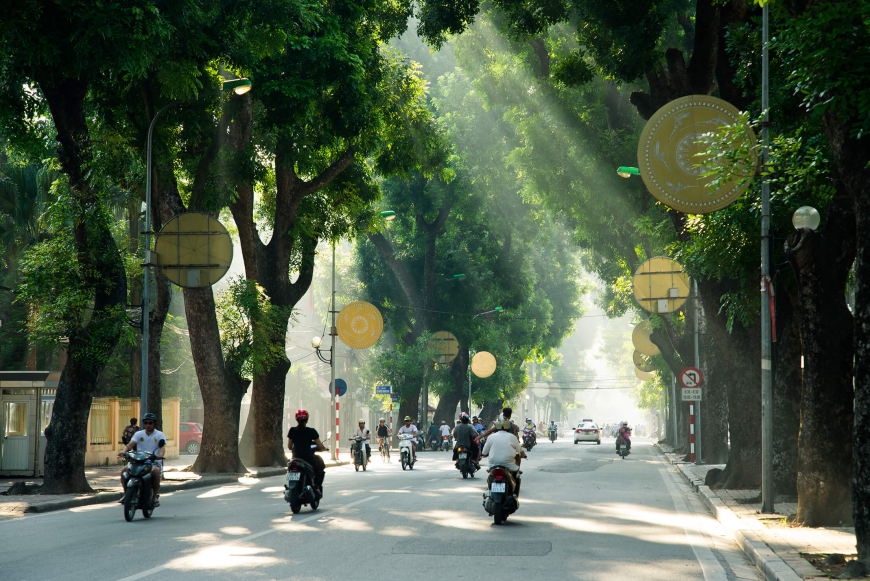
The cheer and delight of seasonal festivals combined with the homey comfort of seasonal dishes are enough to encourage a timely visit on their own. Add sighing golden landscapes, toasted-golden weather, and the bounty of a harvest to understand why autumn in Hanoi is the stuff of poetry.
Hanoi Nature at its Most Photogenic
Much is made about “fall foliage” in North America. Northern Vietnam, with its four seasons in contrast to the tropical South, is one of Southeast Asia’s best counterparts to that colorful display.
Autumn is when Hanoi is at its most photogenic. The gray haze of the rainy season clears away, leaving the sky a clear and crystalline blue. The leaves of the trees lining wide city streets begin to turn red, yellow, and brown. The sun takes on a particularly radiant hue, a gilded beaming through the ruddy branches. Delicate hoa sua (alstonia scholaris) erupt from the trees, filling entire neighborhoods with a powerfully sweet and distinctive smell that captivates the creativity of artists and musicians.
Students and young women emerge in ao dai – Vietnamese traditional attire in search of the prettiest places to take pictures, while vendors pedal past on bicycles selling bright bouquets of white and yellow daisies. These flocks of models, photographers, and flower sellers become part of the landscapes, fluttering brightly through the fall like so many tropical birds.
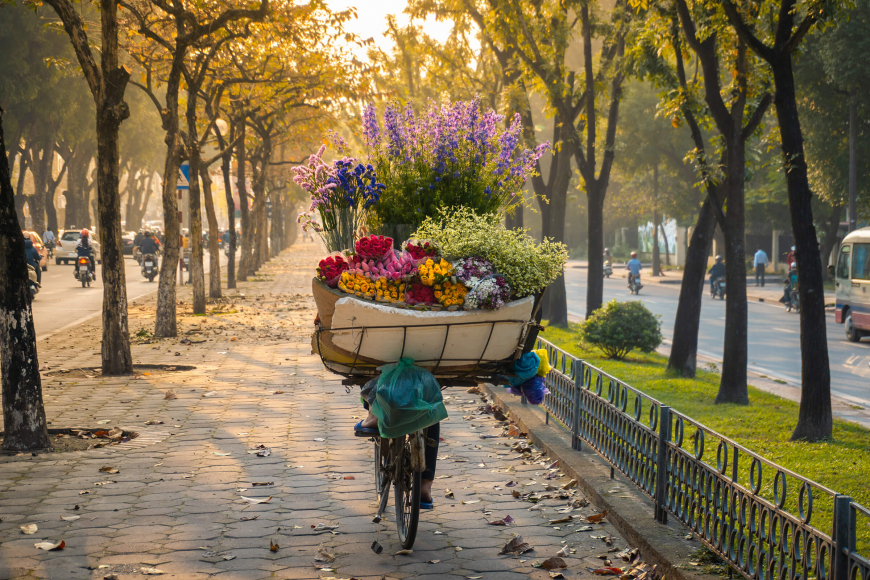
Mid-Autumn Festival in Hanoi
Tết Trung Thu is the Mid-Autumn Festival, sometimes also called the Mooncake Festival or the Children’s Festival. Vietnamese children wait the whole summer for this season of drums and dragon dancing, sweets and song.
The whole country spends weeks unfurling the festivities. The first sign is the arrival of pop-up toy stores and vendor stands selling colorful masks and red paper lanterns. As though overnight, each corner of Hanoi opens a mooncake shop selling ornately-decorated geometric cakes in an endless variety of sweet or savory mystery fillings. These are meant to be offered to ancestors or shared in tiny slices with friends alongside thimble-sized glasses of hot tea.
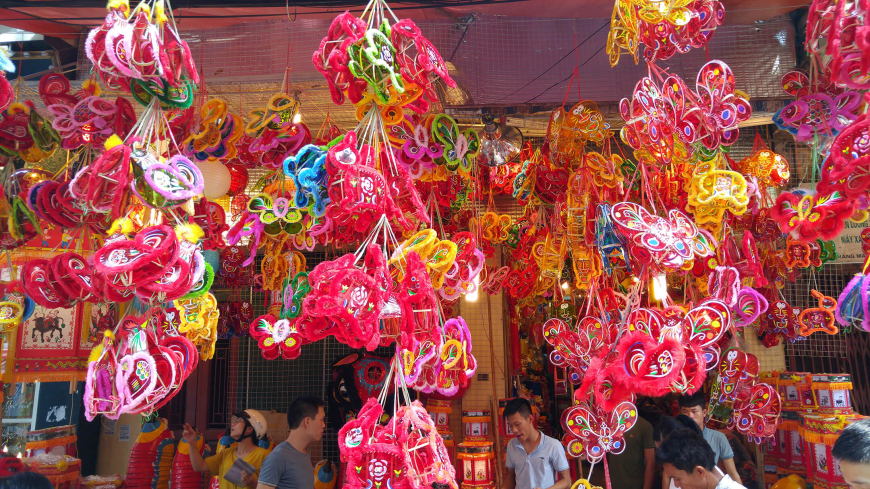
Troupes of costumed children take over courtyards, cul-de-sacs, and street corners, bearing red lanterns. A drum beat will begin ominously, signaling the arrival of the lion dancers. An enormous lion costume emerges into the crowd, rippling paper or tassels or fabric stretched over a bamboo frame and animated by hidden acrobats. The lion dance is graceful and frightening at intervals, soulful gyrations and precise lunges that follow the drum beat like hypnosis. A secondary character, Ong Dia the Earth God, adds comic relief to the rapture.
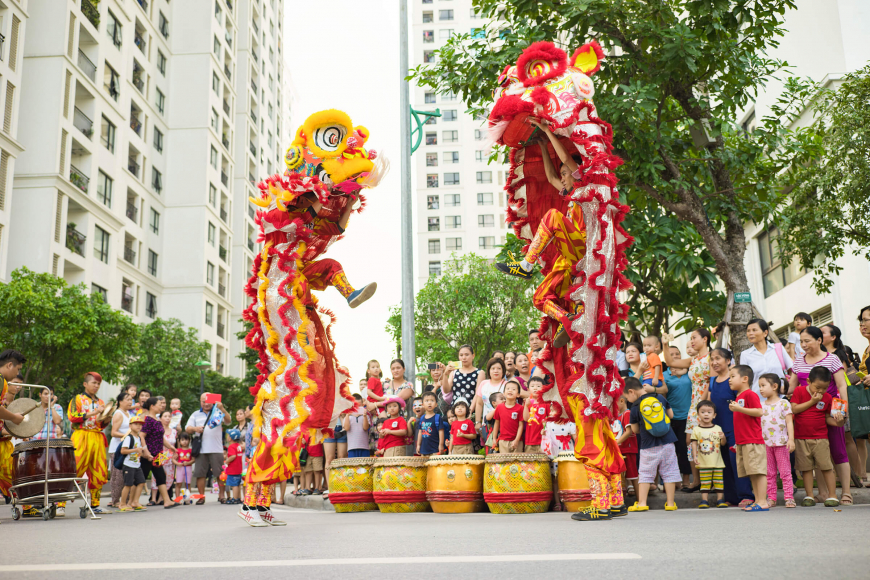
What to Eat in Autumn in Hanoi
Since most travel blogs stick to recommending standard fare like pho and fried rice, few travelers know how seasonal the food in Hanoi - indeed, in all of Vietnam - really is. Mooncakes aren’t the only autumnal specialty. There’s a whole menu of cool-weather foods that most travelers never discover.
The opening of Autumn in Hanoi is marked by the ripening of the dracontomelon, or sấu fruit. This fruit is so popular that it is frozen or preserved in syrup to eat and drink year-round, but it becomes plump and juicy, more sweet than sour after September, and its green rind changes into a golden yellow to compliment the fall foliage. It is eaten fresh dipped in salt and chili or sugar and chili, boiled with morning glory to make sour soup, or, most famously, processed into a sweet syrupy drink to be sipped down from the comfort of a plastic chair at a street corner vendor, gnawing on the pits and watching the season slink by.
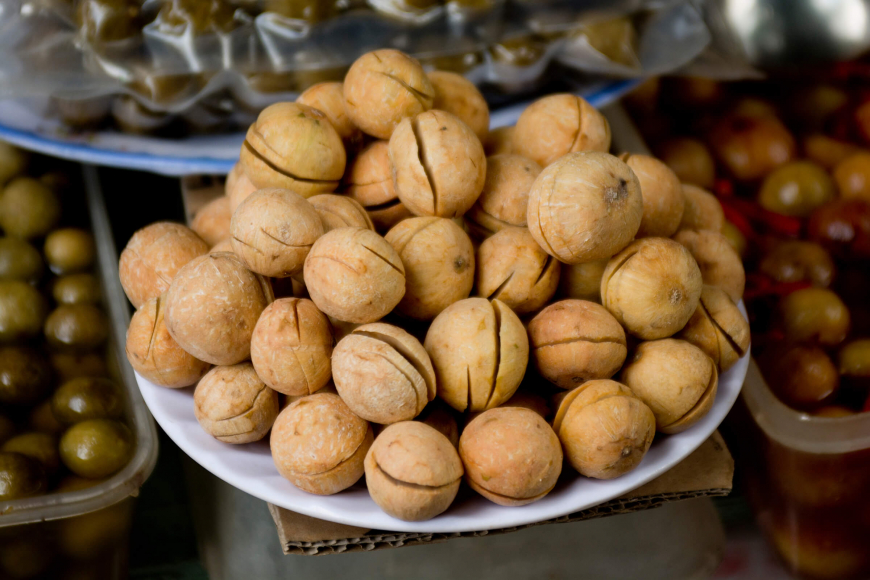
Cốm – which must be distinguished from “cơm,” the word for ordinary cooked rice – is the word for green rice kernels that are roasted over low heat and then pounded flat into sweet, nutty grains and flakes. It’s eaten in an astonishing variety of ways: on its own packed in lotus leaves, baked into cakes, prepared into ice cream, as a crumble with banana, cooked into a sweet soup called chè…
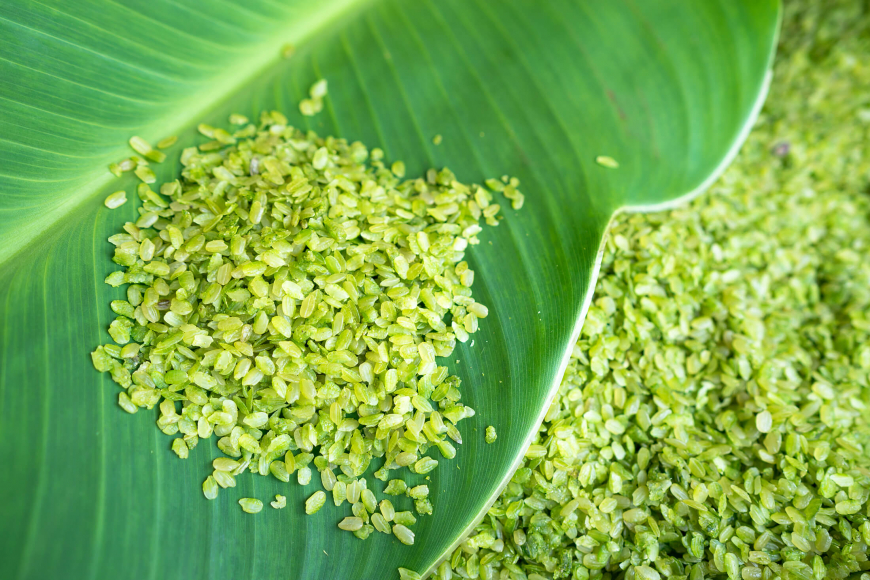
Snails are another dish that can be cooked in a dizzying number of dishes. They are available year-round, but they are fattest and freshest through the fall months, all the way through the Lunar New Year. Boiled or stir fried, they make fantastic “nhậu” food for drinking and snacking with friends, or slurp down a steaming hot bowl of bún ốc vermicelli soup cooked with pork or chicken bone broth.
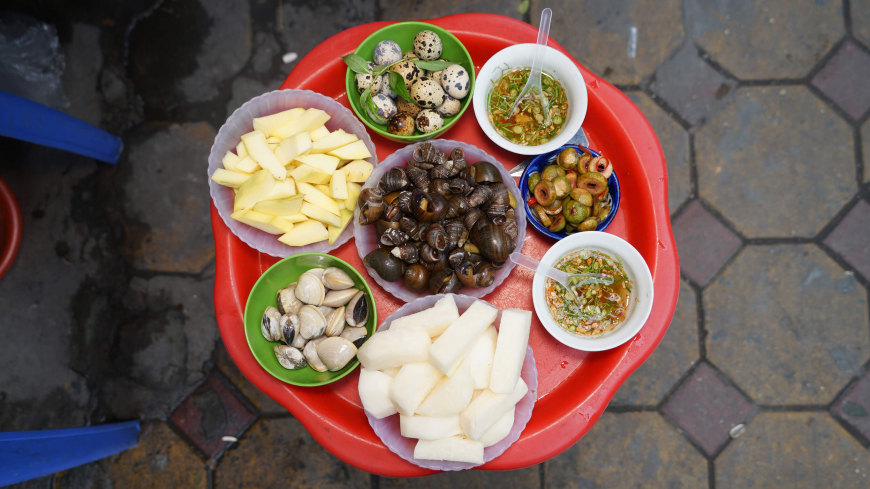
Autumn in Northern Vietnam
Autumn is harvest season in Northern Vietnam, where rice is grown on the sides of mountains, carved into spectacular terraces that curve around the waists of hillsides. In the fall, these terraces roll over into yellow and gold and stretch out into the horizon in an otherworldly coupling between human agricultural ingenuity and natural landscaping.
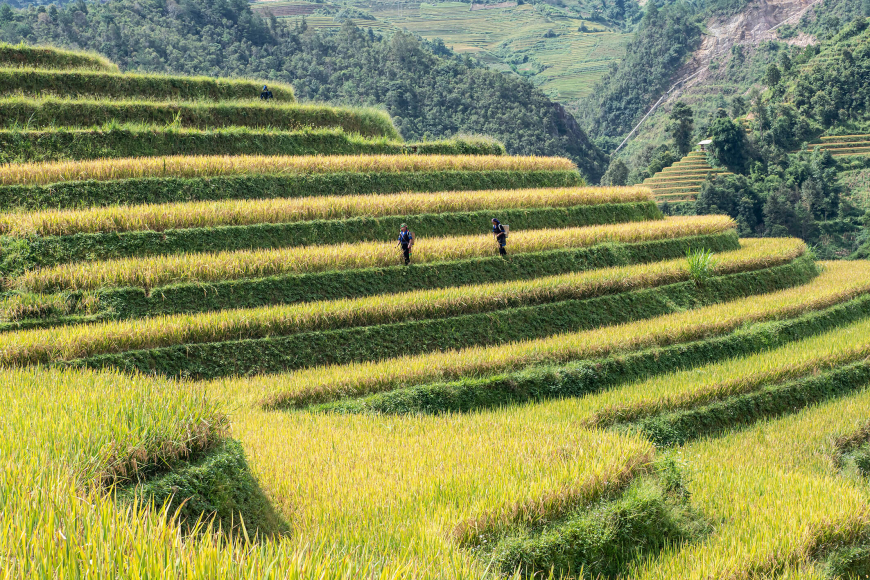
Sapa, Ha Giang, Pu Luong, and Yen Bai are three of the country’s most spectacular agricultural regions, farmed by ethnic minority communities many of whom still wear their traditional costumes and live very different lives from the majority Kinh ethnic group.
Hanoi is a perfect base for exploring northern Vietnam. Courageous travelers rent motorbikes to drive through the treacherous mountain roads to see the jaws of peaks and valleys open into rivers, waterfalls, and faraway farms. Book a tour through the area to safely experience autumn in northern Vietnam with experienced guides that can fully educate guests about its history, its ethnic and cultural groups, and its regional culinary specialties.

